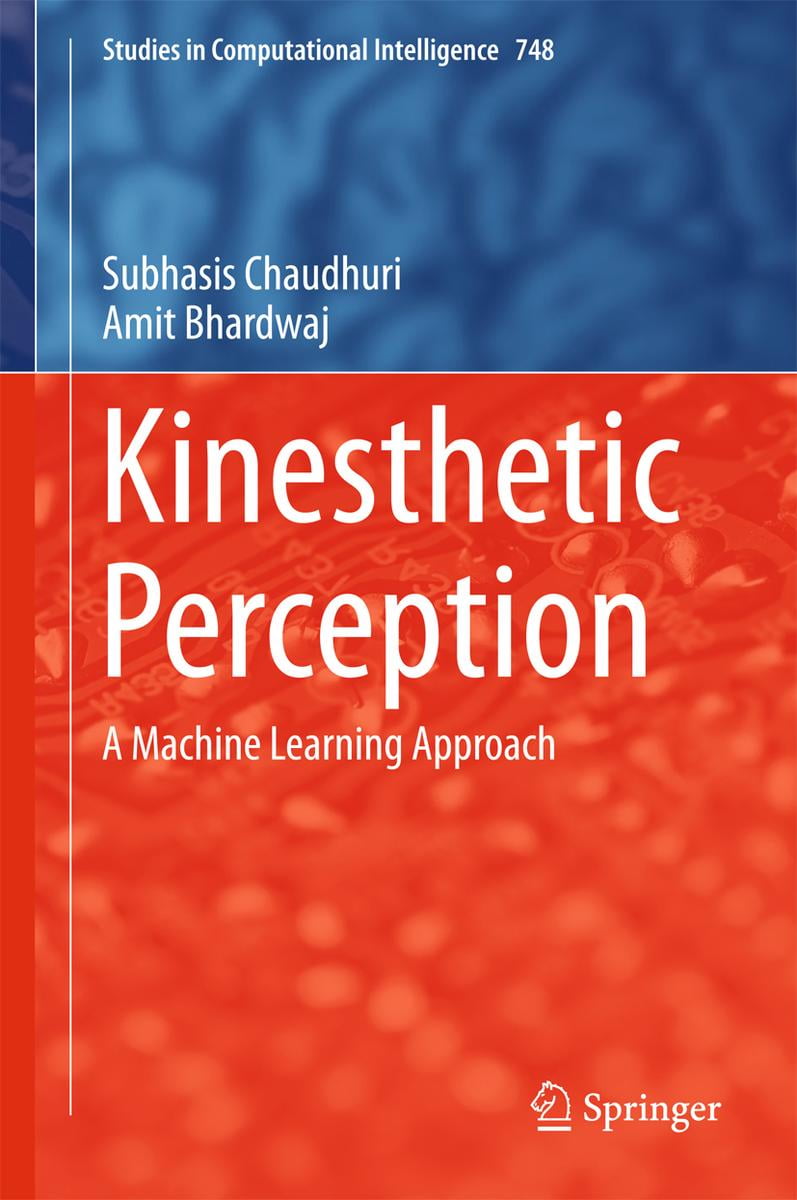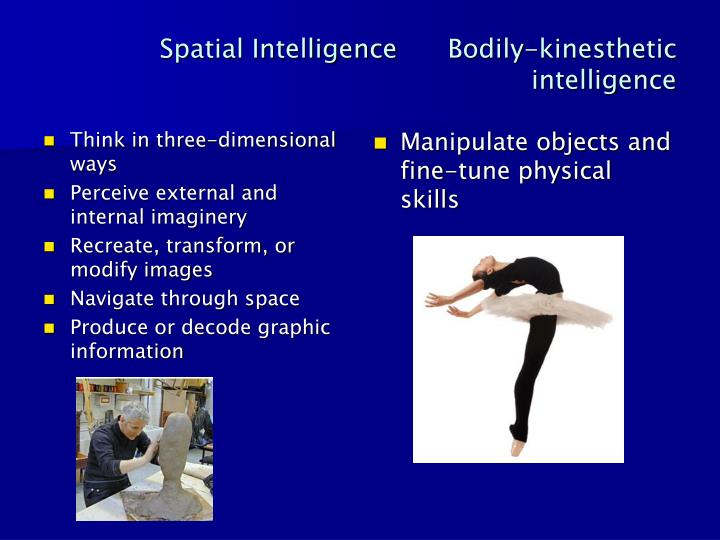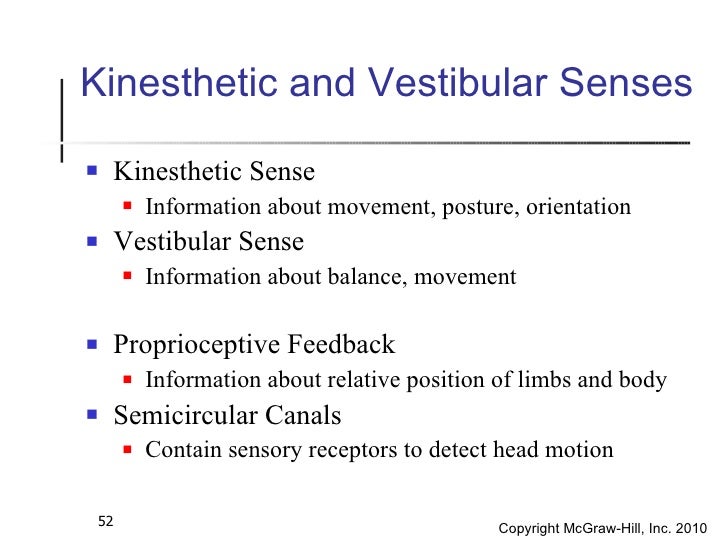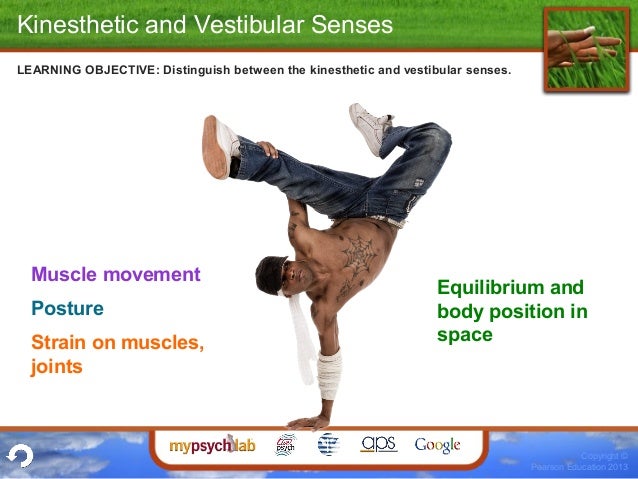

Maietta and Hatch used Kinaesthetics seminars the first time as therapy in the Ernest-Holmes Fachklinik in Germany 1974–77. With the dancer John Graham, they held workshops under the name of Gentle Dance. Hatch and Maietta taught and worked together in German-speaking countries beginning in 1974. Psychologist Lenny Maietta (1950-2018) developed a handling training program for young parents that was also based on behavioral cybernetics. He then turned to working with disabled children as well as the field of rehabilitation. Hatch studied behavioral cybernetics at Madison/Wisconsin and developed academic programs for movement and dance called Kinaesthetics in three American universities.

Kinaesthetics was developed in the early 1970s by Frank White Hatch, who was a choreographer and dancer. Kinaesthetics-founders Lenny Maietta and Frank Hatch (2011) People can focus on what is in front of them in case their environment suddenly changes instead of focusing on how to turn the wheel or press on the brakes. By everyone knowing what they are doing when it comes to turning and stopping, it makes driving on the road safer. The more they drive and are faced with similar situations, the more they get used to how to react and the more it becomes an instinct. When first starting to drive, all new drivers lack this ability to quickly respond because they have never been in situations like this before.

If the body could not instantly remember what to do, driving would be very dangerous. The kinesthetic system is important with performing many motor skills, one being driving a car.
To reduce the physical effort required to move. Assistance in activities of daily living (ADL). Kinaesthetics may benefit patients who need: It makes use of the psychophysiological finding that greater muscle tone reduces proprioceptive sensitivity. Occupational therapy and physical therapy based on movement-associated awareness has been applied in the Western world since the mid-1980s, especially in Central European care facilities. Kinaesthetics involves the teaching and personal development of such awareness. A conscious proprioception is achieved through increased awareness. The perception of continuous movement ( kinesthesia) is largely unconscious. When the kinesthetic system has learned a motor skill proficiently, it will be able to work even when one's vision is limited. The person does not need to even think about what they are doing to perfect the skill they have done it so many times that it feels effortless and requires little to no thought. This is possible because the brain has formed connections between the location of body parts in space (the body uses perception to learn where their body is in space ) and the subsequent movements that commonly follow these positions. The body will perform the motion based on the information that is stored in the brain from previous attempts at the same movement. Then after learning the motion the body will be able perform the motor skill even when usual senses are inhibited, such as the person closing their eyes. Then after completing the same motor skill numerous times, the brain will begin to remember the motion based on the position of the body at a given time. While performing the motion the body will use receptors in the muscles to transfer information to the brain to tell the brain about what the body is doing. To do this, the individual must have a sense of the position of their body and how that changes throughout the motor skill they are trying to perform. While kinesthesis may be described as "muscle memory", muscles do not store memory rather, it is the proprioceptors giving the information from muscles to brain. The individual must repeat the motions that they are trying to learn and perfect many times for this to happen. 
Kinesthesis is the learning of movements that an individual commonly performs. Kinaesthetics (or kinesthetics, in American English) is the study of body motion, and of the perception (both conscious and unconscious) of one's own body motions.








 0 kommentar(er)
0 kommentar(er)
